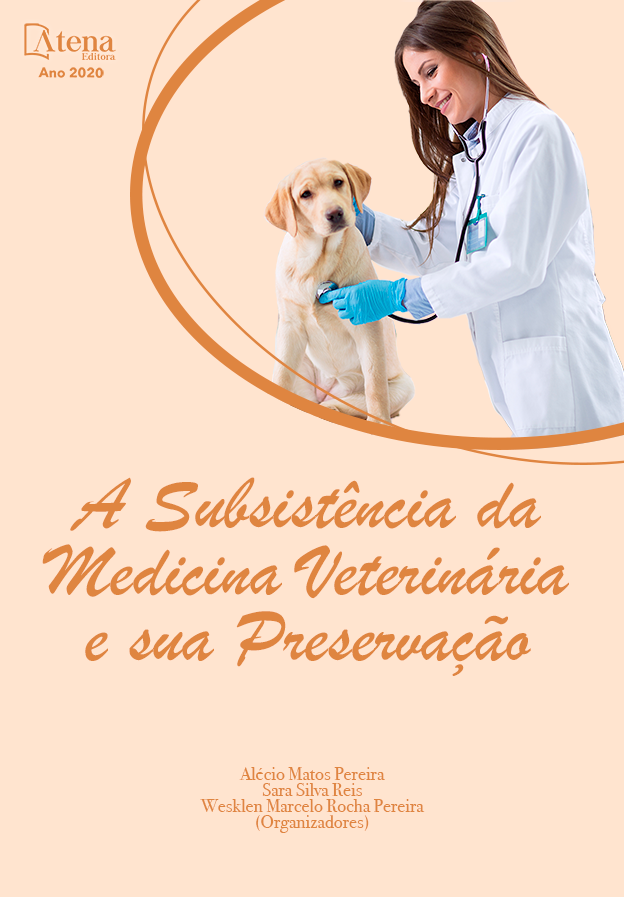
Evaluation the recovery of larvae from gastrointestinal parasitic nematodes on pastures: state of Espírito Santo, Brazil
O objetivo deste estudo foi avaliar a recuperação de larvas (L3) de nematoides parasitos gastrintestinais de ruminantes em pastagens de uma fazenda no Espírito Santo, Brasil. O período experimental compreendeu de setembro a dezembro de 2017, onde foram analisadas amostras de Brachiaria brizantha. As amostras foram coletadas uma vez por semana, entre os horários de 8h e 9h, em cinco pontos equidistantes localizados a 20 e 40 cm dos bolos fecais e de três segmentos (base, meio e ápice das plantas). Após a coleta, estas amostras foram armazenadas em sacos plásticos e as mesmas foram processadas. Foi utilizado o método de Baermann para a recuperação e posterior identificação das L3. Os resultados demonstraram que os gêneros de nematoides predominantes foram Haemonchus (55%), Oesophagostomum (15%), Cooperia (25%) e Trichostrongylus (5%). A recuperação das L3 ocorreu nos três segmentos da gramínea, contudo, no segmento base foi observado uma maior recuperação no mês de setembro, enquanto nos segmentos médio e ápice foi maior no mês de novembro. Por meio dos resultados obtidos, os autores sugerem novos estudos que levem em consideração a época do ano e do pastejo e, com isso visando diminuir a recidiva das infecções por nematoides parasitos gastrintestinais em ruminantes.
Evaluation the recovery of larvae from gastrointestinal parasitic nematodes on pastures: state of Espírito Santo, Brazil
-
DOI: 10.22533/at.ed.84920261012
-
Palavras-chave: Brachiaria brizantha, nematoides, ruminantes domésticos
-
Keywords: Brachiaria brizantha; nematode; domestic ruminantes.
-
Abstract:
The objective of this study was to evaluate the recovery of larvae (L3) from gastrointestinal parasitic nematodes in ruminants on pastures on a farm in Espírito Santo, Brazil. The experimental period comprised from September to December 2017, where samples of Brachiaria brizantha were analyzed. The samples were collected once a week, between the hours of 8 am and 9 am, in five equidistant points located 20 and 40 cm from the fecal mass and three segments (base, middle and apex of the plants). After collection, these samples were stored in plastic bags and were processed. The Baermann method was used for the recovery and subsequent identification of L3. The results showed that the predominant nematode genera were Haemonchus (55%), Oesophagostomum (15%), Cooperia (25%) and Trichostrongylus (5%). The recovery of L3 occurred in the three segments of the plants, however, in the base segment a greater recovery was observed in the month of September, while in the middle and apex segments it was greater in the month of November. Through the results obtained, the authors suggest new studies that take into account the time of year and grazing and, with this aim to reduce the recurrence of infections by gastrointestinal parasitic nematodes in ruminants.
-
Número de páginas: 13
- Fabio Porto Senna
- Caio Colodette Senna
- Carolina Magri Ferraz
- Filippe Elias de Freitas Soares
- José Antônio Correia Lima
- Fernando Luiz Tobias
- Samilla Alves Sobral
- Thalita Fonseca Lima


